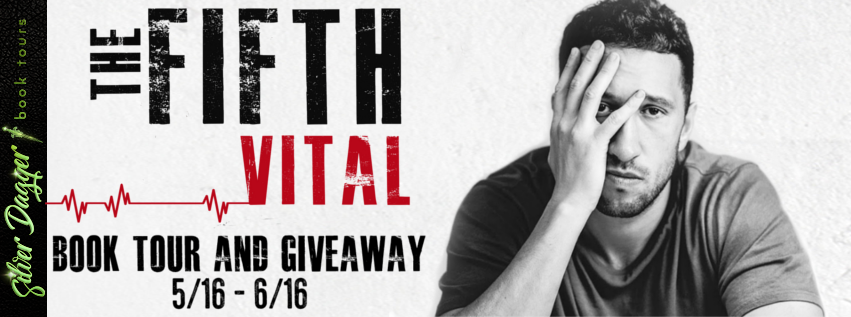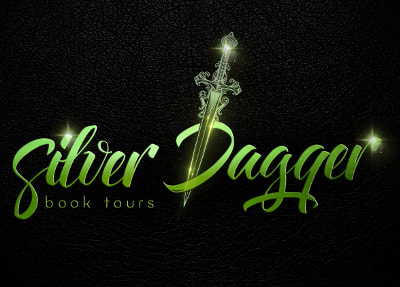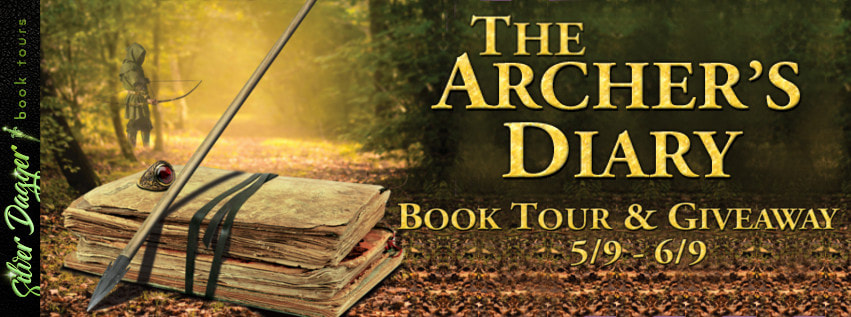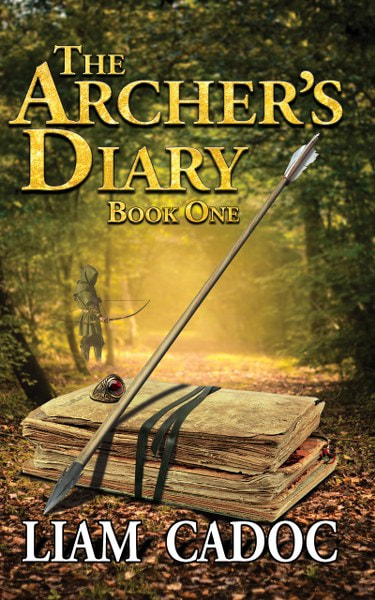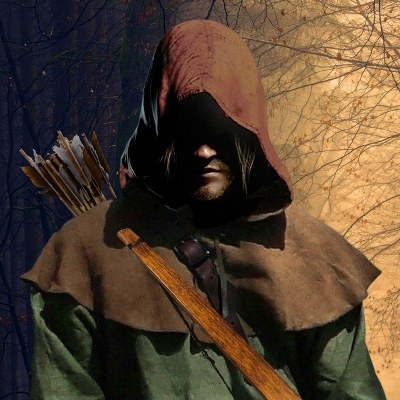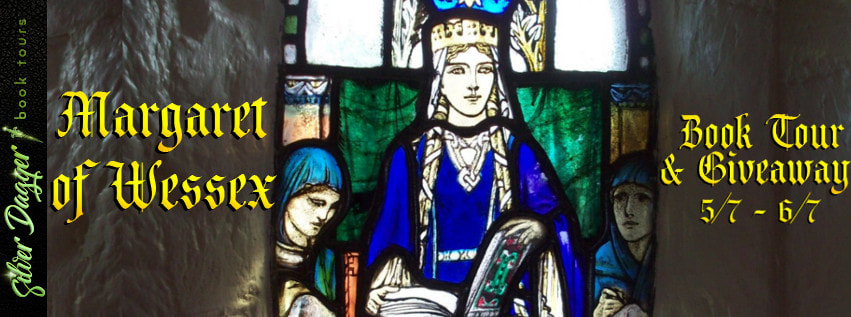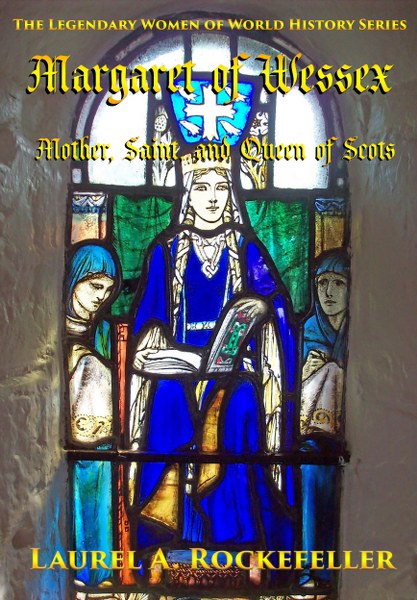Tuesday, June 30, 2020
Monday, June 15, 2020
The Fifth Vital by Mike Majlak and Riley J. Ford Genre: Nonfiction
#1 AMAZON BESTSELLER!
Mike Majlak was a seventeen-year-old from a loving, middle-class family in Milford, Connecticut, when he got caught up in the opioid epidemic that swept the nation. For close to a decade thereafter, his life was a wasteland of darkness and despair. While his peers were graduating from college, buying homes, getting married, having kids, and leading normal lives, Mike was snorting OxyContin, climbing out of cars at gunpoint, and burying his childhood friends. Unable to escape the noose of addiction, he eventually lost the trust and support of everyone who had ever loved him. Alone, with nothing but drugs to keep him company, darkness closed in, and the light inside him--the last flicker of hope--began to dim. His dreams, potential, and future were all being devoured by a relentless addiction too powerful to fight. Despair filled him as he realized he wasn't going to survive.
Somehow, he did...
HE NOT ONLY SURVIVED,
HE THRIVED.
Now he's a social media personality with millions of followers, and an entrepreneur, marketer, podcaster, YouTuber, and author who hopes to use his voice to shine a light for those whose own lights have grown dim.

About Riley J. Ford
Riley J. Ford is a NEW YORK TIMES and USA TODAY bestselling author and UCLA graduate represented by Creative Artists Agency. She writes under multiple pen names and has sold more than one million copies of her novels worldwide. One of her books has been adapted into an upcoming movie for Netflix.
Website * Facebook * Twitter * Instagram * Bookbub * Amazon * Goodreads
$100 Amazon Gift Card
Follow the tour HERE for special content and a giveaway!
Monday, June 8, 2020
The Archer's Diary Book One by Liam Cadoc Genre: Historical Fiction Mystery
1. Can you, for those who don't know you already,
tell something about yourself and how you became an author?
Okay, good question. Even as far back (several centuries) as
high school, I had a gift for writing and always earned A+s for my English
writing assignments. The various English teachers I was fortunate to have all
encouraged me to keep writing in order to nurture my gift.
That said, I decided to take another career path because I also
excelled in art class and turned to graphic design. In a serendipitous way,
several years later I found myself as art director with one of Australia's
major publishers designing and laying out books. Then, a few decades later, I
happened to read an article that inspired a story idea that took me some 9
years to evolve into my foray into historical fiction — The Archer's Diary.
2. What is something unique/quirky about you?
I've
always been intrigued by the supernatural and psychic powers. I read somewhere
that we (as humans) utilize only a small portion of our brain's capacity. This
led me to experimenting with my mind during my commute to my job with the
publishing house. The drive took about an hour and snaked through beautiful
bush lands. And for the most part, oncoming traffic was hidden from view by
trees and the numerous bends. At first all I accomplished was giving myself
some hefty headaches, but over a couple of months, I was able to 'detect'
oncoming vehicles with my mind — even to discern the difference between trucks
and cars, and eventually their colors.
A
few years later, I was introduced to, and subsequently invited to join, a coven
of white witches where each of us possessed an unique gift and, combined as a
group, we worked to help people outside our group who had physical and mental
problems. Unfortunately, being the inquisitive person I am, all this led me
down a rabbit hole of experimentation that caused me to have a 'psychic
breakdown.'
3. Tell us something really interesting that's happened to you!
Following
on from #2 above, I learned the dangers of 'playing' with the ouiji board,
working with mirrors, and the like. I was even invited by various private
schools to talk to their students about the subject.
4. Where were you born/grew up?
I am an Australian, born in Sydney. My parents were living and working in
Lae, Papua New Guinea (Google it) and when the time approached for me to enter
the world, my mother decided to return to Sydney. Two weeks after being born,
we flew back to Lae where I spent the first 5 years growing up.
5. Which of your novels can you imagine made into a movie?
This
might be a trifle self-indulgent, but something I would hazard to guess most —
if not all — authors have thought on. I can well imagine Book One being made
into a 2-part movie, with Book Two the rip-roaring sequel.
6. Describe yourself in 5 words or less!
An
incurable inquisitive empathic romantic.
7. What
are you passionate about these days?
I
believe my compassion for the welfare of innocent animals has heightened ever
since looking into the 'blood sport' of dog fighting, and its prevalence here
in America and around the world.
8. What do you do to unwind and relax?
As
well as a writer, I am a painter and do commissioned portraits of animals and
people.
My
wife and I are also very keen bare bow target archers; we also love camping,
kayaking, traveling, movies, and catching up with old friends.
9. As a writer, what would you choose as your
mascot/avatar/spirit animal?
I
can see myself as an Anatolian shepherd dog-sized Border Collie.
10. What inspired you to write this book?
I
have always had a fascination for historical fiction and medieval England.
After spending 2 vacations driving around England, Scotland and Wales, the
immersion in all that history combined with my love for the legend of Robin
Hood to conjure up an idea that led me to write The Archer's Diary.
11. What can we expect from you in the future?
Should
my debut to historical fiction with The Archer's Diary (Book One), and
subsequently Book Two create a substantial following of eager readers, then I
dare say I may well be tempted to remain writing in that genre for the
foreseeable future.
12. How did you come up with name of this book?
Truthfully,
the title for The Archer's Diary gave birth to itself. I had already settled on
a broad outline for the story and was giving thought to a suitable name when it
just 'came to me.' After all, the diary itself is the pivotal point of Book One
and is the cause of all the mishaps and mayhem that occur. Then, in Book Two,
readers are given the unique privilege of reading over Robin Hood's shoulder as
he pens his thoughts and deeds in his private diary.
13. Who designed your book cover?
After
a career of some 30+ years as a graphic designer in the publishing industry,
both here and back in Australia, I plead guilty to having the audacity to
design my own cover — and will continue to do so while I remain writing.
Wouldn't it be crazy to toss aside all that experience?
14. What did you enjoy most about writing this book?
As
much as I love writing, when it came to deciding to tackle my first historical
fiction, it was the thought of the research that stirred me. Thankfully, with
the Internet available at my fingertips, I was able to achieve a great deal of
delving into the background of the period. But I was well aware others before
me had trodden that path, and it was to their books that I turned for a lot of
reference. Then there were those gracious people who were willing to step up
when I approached them for professional consult — Ian Richardson, Treasure
Registrar, British Museum, London, UK; The Department of Portable Antiquities
and Treasure, British Museum, London, UK; The National Archives, Kew, UK; Mark Strong, Senior
Access Assistant, The National Library of Wales, Aberystwyth, Wales; Pat E.,
Hay-on-Wye Tourist Information Bureau, UK; Lynne Moore, Coflein, National Monuments Record
of Wales (NMRW); and others.
15. If your book was made into a film, who would you like to
play the lead?
Ryan Kwanten, or any of the Hemsworth boys.
THE LEGEND IS REAL
Since the 14th century, Robin Hood has proven to be one of the most enduring and versatile folk heroes. Medieval historians believed Robin lived during the 12th or 13th century but despite decades of intense research by contemporary scholars, solid evidence has never been found.
Until now.
Logan Daggett, son of Donald Daggett, well known CEO of one of Australia's largest international corporations, has his 21st birthday celebrations disrupted by a family tragedy, the revelation of his mother's decades-old secret—and a birthday gift of a collection of centuries-old family heirlooms. This series of events contrive to change the course of his life forever.
Accompanied by his two closest friends, the young Aussie sets out to uncover the truth behind the accident that irrevocably changed his life, and to research the authenticity of the priceless heirlooms, completely unaware of the adventure and dangers lurking around every corner.
During the course of their journey they uncover irrefutable evidence that causes further turmoil among the family, spark controversy among medieval scholars worldwide, and the potential of sparking upheaval to a country's history and creating conflict between two nations.
Liam Cadoc's stunning debut to historical fiction sweeps readers into a ruthless world where greed and corruption threaten to deprive a nation of historical riches and the world of the truth behind a legendary hero. This is Book 1 of a 2-book set.
Book Trailer
Cadoc endeavors to create a feasible balance of historical fact and fiction into his writing in order to meet his obligation, as an author, to his readers. To that end he spends a large part of his conceptual writing on researching the world in which the characters will inhabit. "I've always had a fascination with history, particularly the medieval period of England and the Arthurian Legend. Though my genre is historical fiction, I hope that my readers will come away with a better understanding and appreciation for how people survived and endured before the inception of the basic luxuries we take for granted each day."
He penned his first fiction while in high school and was quickly recognized by the English staff and his class for his vibrant imagination. He was also a talented artist and, after graduating, followed a career as a graphic designer in the publishing industry compelling him to put aside writing for a number of years.
In 1998, he met his wife-to-be on the Internet when online dating was in its infancy. After 18 months of long-distance romancing, they wed in Sydney, Australia and he returned to America with his wife to begin a whole new life together.
Now retired, Cadoc has the time to return to his beloved writing and has spent 9 years working on THE ARCHER'S DIARY, his first historical fiction novel.
He enjoys bare-bow target archery, reading, writing, kayaking, movies, traveling, and doing the occasional commissioned portrait of pets or people. He currently lives in central Florida with his wife.
$40 Amazon
Follow the tour HERE for special content and a giveaway!
Saturday, June 6, 2020
Margaret of Wessex The Legendary Women of World History Book 10 by Laurel A. Rockefeller Genre: Historical Fiction
Picts, Scots, and Vikings: an Introduction to the Peoples of Medieval
“Scotland.”
By Laurel A. Rockefeller
The people of Scotland are a proud people. From vibrant clan tartans to
the frequent protest marches that routinely fill every major city and town,
it’s hard to miss the love felt by Scotland’s residents for their country,
culture, and unique way of life. Whether
your passion is for the rugged highlands, the romance of its historical rebels
like Robert the Bruce, or for the world class poets, painters, and writers that
call Glasgow and Edinburgh home, there is something for everyone in
Scotland.
Scotland seems like a homogenous country, an ancient land where people
can count their ancestry back for thousands of years. And while this is
partially true, the picture is a bit more complex and nuanced than people
believe. Let’s take a look at the three major nationalities from whom most
modern Scots count as their ancient and medieval ancestors:
By far the largest ethnic group in terms of both land and population
numbers, the Picts were comprised of over a dozen clans spread across the
entire region we call “Scotland” today. These are the Brythonic, native peoples
who first arrived over three thousand years ago and formed the first
settlements. They were builders of the great monoliths whose ruins can be found
in nearly every corner of Scotland. Archaeology has recently traced large
numbers of the Stonehenge builders to Picts from Orkney. The name “Pict” is
Roman in origin and references the Pictish (and generally Brythonic) habit of
painting their bodies blue before going into battle.
The Picts spoke a Celtic language that they did not write down. Instead,
like other Brythonic peoples in modern day England and Wales, we know about
them primarily from archaeology and from written accounts of outsiders like the
Romans. It is very highly likely they originally practiced some form of
druidism common across other nationalities in the British islands.
As defenders of their lands, the Picts were unbeatable, even by the
mighty Roman legions who completely demolished the Celtic societies in England
and partially demolished some of the Welsh kingdoms. Hadrian’s Wall was built
to contain the Picts and keep them up north.
The Scotti or Scots (Latin for “pirates”) were
immigrants from Ireland who arrived around the year 498 CE from eastern
Ireland. Though we call the country
“Scotland” in reference to them, the Scotti lived primarily in the county of
Argyll on the southwestern coast of Scotland – a very small territory relative
to those held by the many Pictish clans.
From roughly 500 CE to 840 CE they existed as the kingdom of Dalriada.
Their language was Gaelic, a Celtic language similar to, but decidedly
different from the language of the Picts.
As a rule, Scotti population numbers were very
small, especially compared to their Pict neighbours to the north and east.
In 810 CE, King Ailpín of Dalriada’s Pictish princess wife gave birth
to their son, Cináed mac Ailpín, better known as King Kenneth
I MacAlpin. In Kenneth MacAlpin, the crowns of the Picts and Scots merged into
a single person. Kenneth’s coronation in 840 in Scone in Perthshire
(approximately 30 miles north of House Dunkeld’s capital in Dunfermline) as
“king of the Picts” marks the official formation of the new, blended kingdom of
ALBA. “House of Alpin” is considered the first of three Scottish
dynasties: House of Alpin, House of
Dunkeld, and House of Stewart (Stuart).
Within weeks of Kenneth’s coronation, 143
Viking warships arrived in Dalriada. Almost immediately King Kenneth evacuated
Dalriada’s capital of Dun Monaidh. Specifically, he
transferred all government documents, religious objects and relics, government
workers, and so forth to Scone—including the famous “stone of destiny.”
Essentially, King Kenneth abandoned Dalriada to the Vikings in favour of the
safety of the much more defensible Perthshire. Without resistance, the Vikings
overthrew Dalriada, destroying the kingdom completely.
The Viking story as it relates to modern day
Scotland is a Norwegian story. Though the term “Viking” can refer to anyone of
Scandinavian origin, the Vikings who specifically invaded Pictish-held lands
all came from Norway.
During the 780s, Norwegian war ships arrived in
the Orkney Islands. Whether all the Pictish men of Orkney were slaughtered,
fled for the Scottish mainland, or a mix of both, we will never know because
the Picts left no written records. What
we do know from DNA testing is that there are no Pictish markers among any men
from Orkney today. Only among the women of Orkney do we see any trace of
Orkney’s ancient Pictish heritage.
In 892 CE, the Jarldom (or Earldom – though
there are some differences between an Earl and a Jarl) of Orkney was formalized
by the Norwegian crown. Orkney stayed under Norwegian control through all three
of Alba’s dynasties, completely independent from mainland Scottish control
until 1468 when Orkney was given to King James III Stewart as part of the dowry
for Princess Mary, daughter of Norway’s King Christian I.
For nearly 700 years, the kings of Norway
controlled Orkney. Nowhere else in the British islands did a king of a
far-flung land retain such sovereignty.
Over the centuries, the Picts, Scots, and
Norwegians became a single “Scottish” people. The languages of the Picts and
the Scots, though probably originally as different as Spanish and Portuguese,
merged into a single language we call “Scots-Gaelic” to differentiate it from
the Gaelic still spoken in Ireland. Under House Dunkeld another language
evolved that merged both Pictish and Gaelic with the English brought to Alba by
Queen Margaret of Wessex and of course some local loan words. “Auld Scots” is that particular language we
think of as Scottish today. Though treated as a dialect of English, Auld Scots
is much more complex, a reflection of centuries of blending together the
different peoples that call Scotland home.
As for why we call this nation “Scotland”
despite the minority of actual Scots from Dalriada, the answer ultimately comes
from English conquest and imperialism. It was the English who called the
kingdom “Scotland” instead of Alba and the English who called the Celtic
language(s) of Alba “Scot-Gaelic” when, in truth, most of the language so
labelled is probably Pictish in origin.
Using the name “Scotland” instead of Alba is,
therefore, part of the legacy of centuries of war between Alba in the north and
England in the south. It is one of many open wounds that continue to divide Alba’s
peoples from those who wish to be part of the United Kingdom and those who pray
for the day Scotland will be called Alba once more, independent from English
rule and truly free.
The 11th century was a dangerous time to be of the line unbroken of King Æthelred II Unread and his first queen, Æfgifu of York. Born in Hungary after King Canute III's failed attempt to murder her father, Edward the Exile, Margaret found her life turned upside down by King Edward the Confessor's discovery of her father's survival -- and the resulting recall of her family to England.
Now a political hostage only kept alive for as long as it served powerful men's interests, Margaret and her family found King Máel Coluim mac Donnchadh Ceann Mhor (Malcolm III Canmore)'s invitation to his court in Dunfermline in Alba the long-awaited answer to her prayers.
Scotland would never be the same again.
Includes two family tree charts, an expansive timeline covering over three thousand years of Pictish and medieval history, plus Roman Catholic prayers, and a bibliography so you can keep learning.
**Special Promo!**
There are now TEXTBOOK versions of most of the Legendary Women of History series On sale for 99 cents versus $2.99 for the regular editions. The textbook versions add study questions to each chapter of the biographies.
You can find all the textbook editions at https://www.amazon.com/gp/product/B087CVGB1T
or on my website at https://bit.ly/LARtextbooks.
Sale ends June 30th!
Born, raised, and educated in Lincoln, Nebraska USA Laurel A. Rockefeller is author of over twenty-five books published and self-published since August, 2012 with editions spanning across ten languages and counting. A dedicated scholar and biographical historian, Ms. Rockefeller is passionate about education and improving history literacy worldwide.
With her lyrical writing style, Laurel's books are as beautiful to read as they are informative.
In her spare time, Laurel enjoys spending time with her cockatiels, travelling to historic places, and watching classic motion pictures and classic television series.
Favorites: Star Trek, Doctor Who, and Babylon 5.
Laurel proudly supports Health in Harmony, The Arbor Day Foundation, and other charities working to protect and re-plant forests globally.
Amazon * Goodreads
1 $15 Amazon Gift Card
1 signed paperback copy of Margaret of Wessex
1 audiobook: choice of Hypatia of Alexandria (English) or Catalina de Valois (Spanish)
Follow the tour HERE for exclusive excerpts, guest posts and a giveaway!
a Rafflecopter giveaway
Subscribe to:
Comments (Atom)

